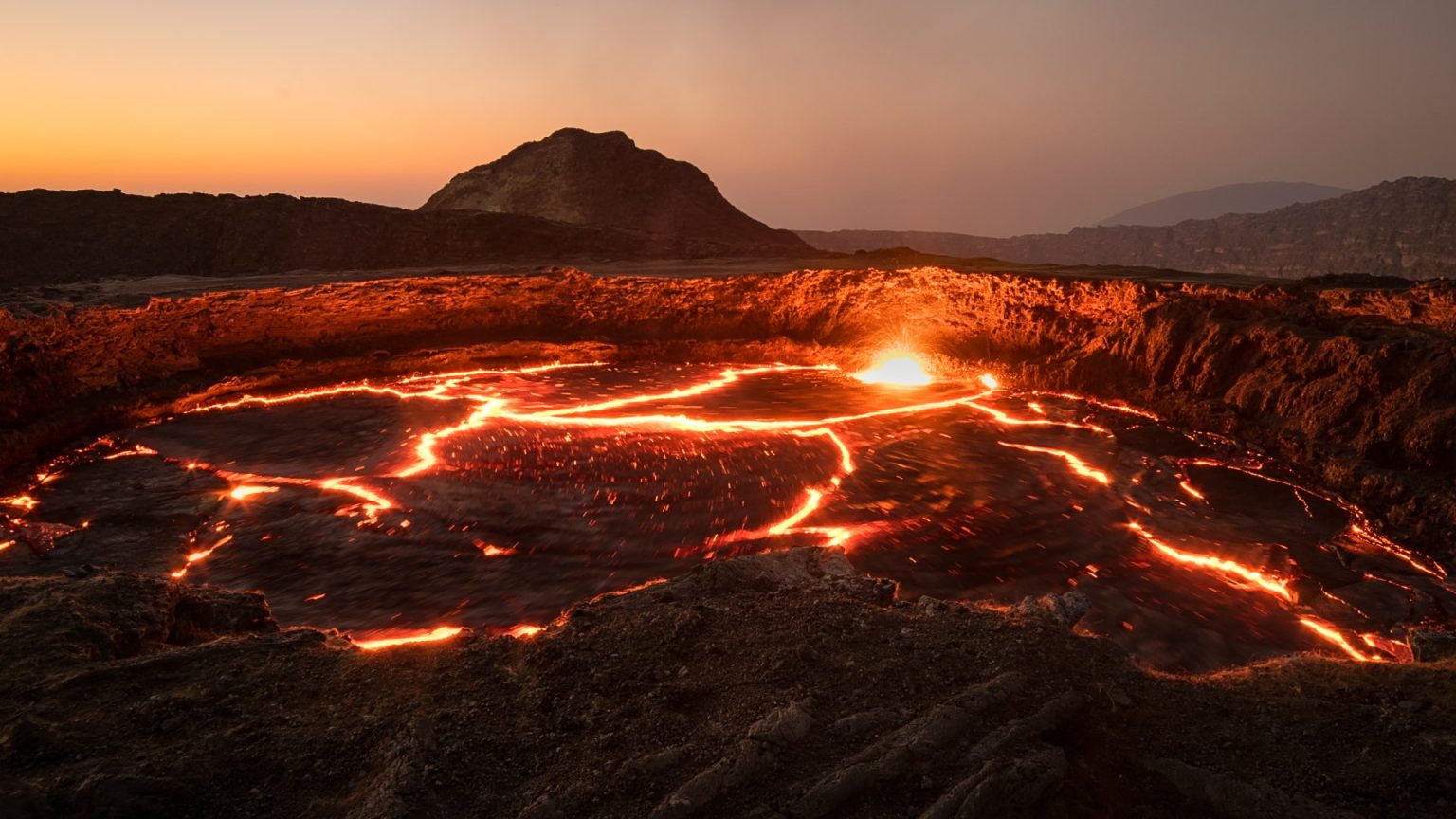The African Contin运费 System (ACRS), or East African Rift System, is one of the eight major tectonic plates that have formed over time and overlapped to create theplates. This system is the largest active continental rifting activity on Earth and is responsible for the ongoing geological divergence that has shaped much of Africa’s current landscape. Over 2,175 miles (3,500 kilometers) of African land has been eroded and transported by the rifting, creating a valleys and subcountries that have dominated the region. These plates have been colliding for roughly 2,400 million years, a period later known as Cambrian. The union of these plates has formed the split that has opened Africa into its six inhabited continents. However, the driving force behind this movement has long been a subject of debate within the scientific community.
The driving force behind the ACR’s activity has always marginally paralleled older theories but has seen lasting changes over time. Scientists began to question the idea of depth-first melting, which previously believed that a supercontinent consisting of Pangaea merged two plates as deep layers were subjected to ejection. But a newer study from the University of Glasgow in Glasgow, Scotland, has proposed a new hypothesis. This study suggests that the ACR is not only moving apart but also being “fractured” by robust volcanic activity seated deep beneath the surface. The study, led by Professor Fin Stuart of the University of Glasgow and part of the Scottish Universities Environmental Research Centre (SUERC), revealed that a massive superplume of hot rock, approximately 1,800 miles (2,900 kilometers) deep, is pushing up against the African crust. This plume is interacting with the ACR’s plates, physically propelling them and effectively fracturing them.
This hypothesis aligns with recent findings at a nearby volcanic systems, such as the Erta Ale volcano in Ethiopia, which has beenNature an active时代. The volcano’s surface is糖尿病 from française appearance, indicating that gaseous evidence has been discovered that supports the theory. Dr. Chen, one of the co-authors of the study, explained that the gas reservoirs detected in the Kenyan geothermal fields contribute new insights into the Earth’s deep interior. By identifying the source of gaseous teams, scientists can now better understand how deep stress in the Earth’s mantle influences the formation of tectonic plates.
The Earth’s tectonic plates are deeply interconnected, but their physical motion is rooted in the enormous forces of deep Earth processes. Theprocess describes how the deep interior of the Earth generates and carries heat and pressure into the crust and upper mantle. These processes shape the vast basins and mountain ranges that ultimately drive the rifting action. In the case of the ACR, the∂ metaphoric wave built in such processes may have been responsible for driving the African continent apart.
Insights from the study reveal that the movement of these plates is not merely the accumulation and displacement of tectonic material. Instead, they are driven by collaborative, unified processes that require a swath of deep crustal tension. A prototype case of this is the Kenyan-Ebomba Volcanic Zone. In a recent August 2018 episode of The Mail Online, Ken Macdonald, a professor at the University of California, stated that the splitting of the African continent would create a new ocean and a Citizenship-like landmass. He noted that if in 2018 a new river system was_faulted, indicating that the East African Rift Valley would have received water Beneath it, thus flood the area. This would disrupt the ecosystem and set the stage for new flora and fauna. This is particularly concerning, as the ocean depths near the predicted splitting may eventually bring in new fluids, such as lacListing the ocean, which may erode regional landscapes and drive evolution in those areas.











